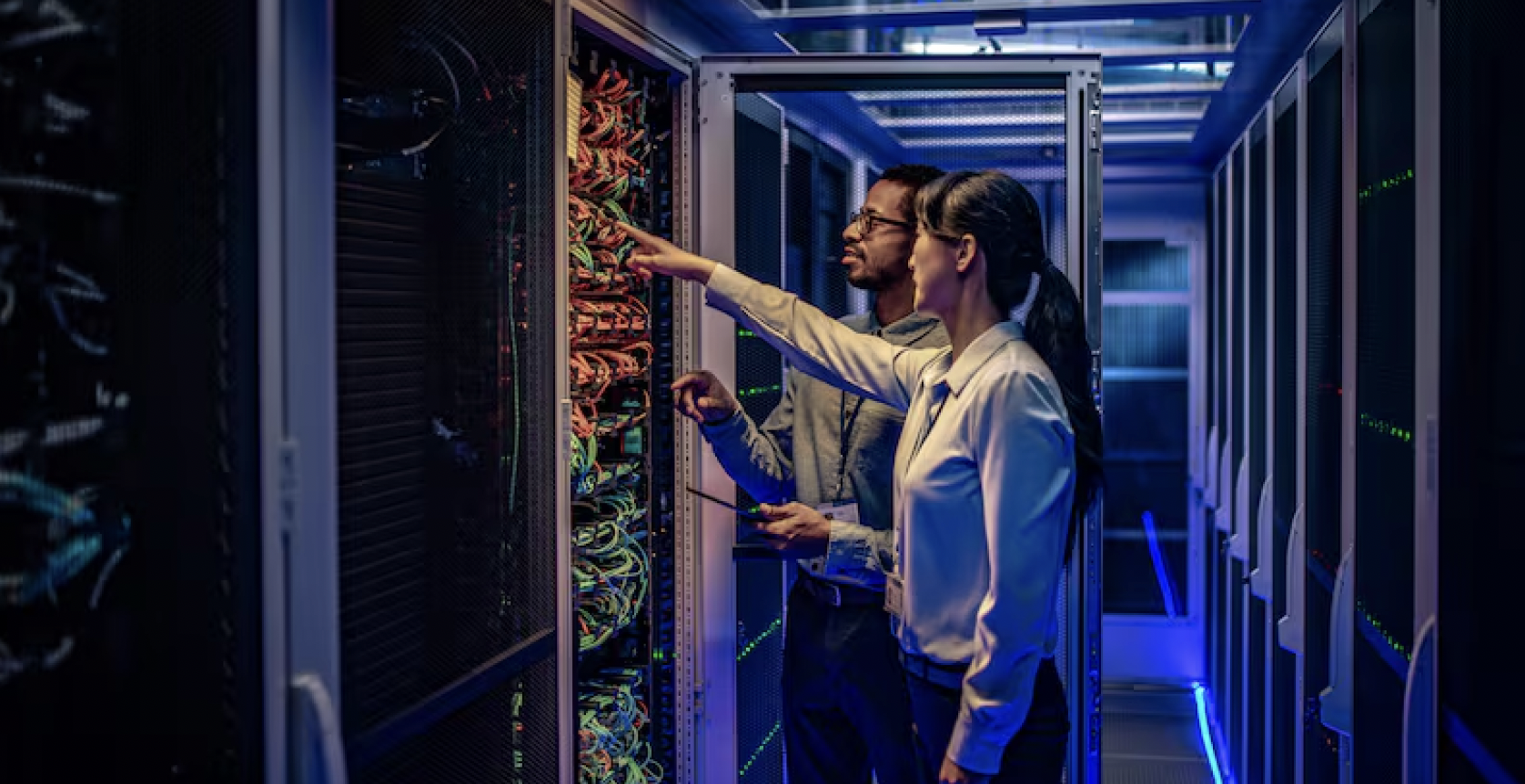Artificial intelligence has been called the engine of the new global economy. Yet while AIfeels virtual, its foundations are intensely physical. Every algorithm, every chatbot, everydigital assistant depends on a vast ecosystem of chips, data centres and power grids. Andas the world races to deploy more AI, these physical foundations are fast becoming thenew frontiers of global competition.

Put simply, chips are the new oil – concentrated in just a few countries. Data centres are thenew refineries – processing the digital crude. And power grids are the new pipelines,carrying the energy that fuels intelligence. Every AI model depends on a global chain of energy, minerals and capital. That means the future of AI will be shaped as much by energypolicy and infrastructure as by algorithms and code.
Globally, AI’s growth is accelerating at a breath-taking pace. Goldman Sachs estimates thatit could add $7 trillion to global gross domestic product over the next decade. McKinseysuggests it may drive up to 40 per cent of future economic growth in advanced economies.But this transformation comes with a surge in energy demand: the International EnergyAgency forecasts that AI and data centres together could consume more than 8 per cent ofglobal electricity by 2030, up from about 2 per cent today. Each hyperscale data centrealready uses as much electricity as a small city.
AI’s hunger for power is already reshaping energy flows – from natural gas and renewablesto transmission and storage capacity. In the US, data centre electricity use is growing atdouble-digit rates. In China, 80 per cent of new data centre power must come fromrenewables by 2030. Around the world, policymakers are realising that the energytransition and the AI transition are two sides of the same coin.
And that’s where our region has a powerful advantage. It is easier to move data thanelectrons – meaning energy-rich regions like ours, with affordable and reliable power, arestrategically positioned to attract the next wave of AI infrastructure. We can offer what theAI economy needs most: affordable energy, agile policy and available capital.
The UAE in particular has been quick to act. The country is already developing one of theworld’s largest data centre complexes, powered by clean energy and built in partnershipwith leading AI and technology players. This kind of integrated model – linking technology,energy and finance – is the blueprint for resilient growth. It shows how a nation that onceexported hydrocarbons can now export digital capacity and clean power intelligence.
We’re also seeing new global alliances that highlight this convergence. Microsoft is turningto nuclear energy in the US to power its AI workloads. Amazon has partnered with Iberdrolain Europe to secure renewable supply. And here in the UAE, world-scale data centres arebeing built in collaboration with global AI leaders – powered by solar, nuclear and gas, andbacked by strong regulatory frameworks. These partnerships show how energy producersand technology innovators are increasingly part of the same value chain.
as AI evolves, it will also depend on that same energy system for its survival
Governments can accelerate this opportunity by streamlining permitting and creatingsmarter, more predictable regulatory frameworks. Financial institutions can designintegrated investment models that link energy producers, chipmakers and data operators –recognising that building 1 gigawatt of data centre capacity can require up to $40-50 billionin capital. And the private sector can work together across industries to ensureinfrastructure is both scalable and sustainable.
AI is already transforming how the energy sector itself operates – from predictivemaintenance to real-time optimisation of grids and carbon reduction. But as AI evolves, itwill also depend on that same energy system for its survival. AI is the newest driver ofenergy demand, and energy is the enabler of AI progress. The winners will be those whocan align both – technologically, economically and geopolitically.
As we gather in Abu Dhabi this week for Adipec, the world’s largest energy gathering, it’sclear that this conversation is already at the centre of global strategy. Under its theme“Energy. Intelligence. Impact”, Adipec showcases how energy and AI can drive prosperitytogether. And through “Enact” – an Adnoc initiative bringing together leaders in energy,technology, finance and policy – the UAE is providing a global platform to turn these ideasinto action.
Our region has led every major wave of energy innovation for the past century. Today, wehave the resources, the infrastructure and the vision to lead again – this time at theintersection of energy and intelligence. The challenge ahead is to build, at scale and speed,the physical foundations of the digital future.
If we get this right, our region won’t just power the AI revolution – it will help define it.
Source: The National News
